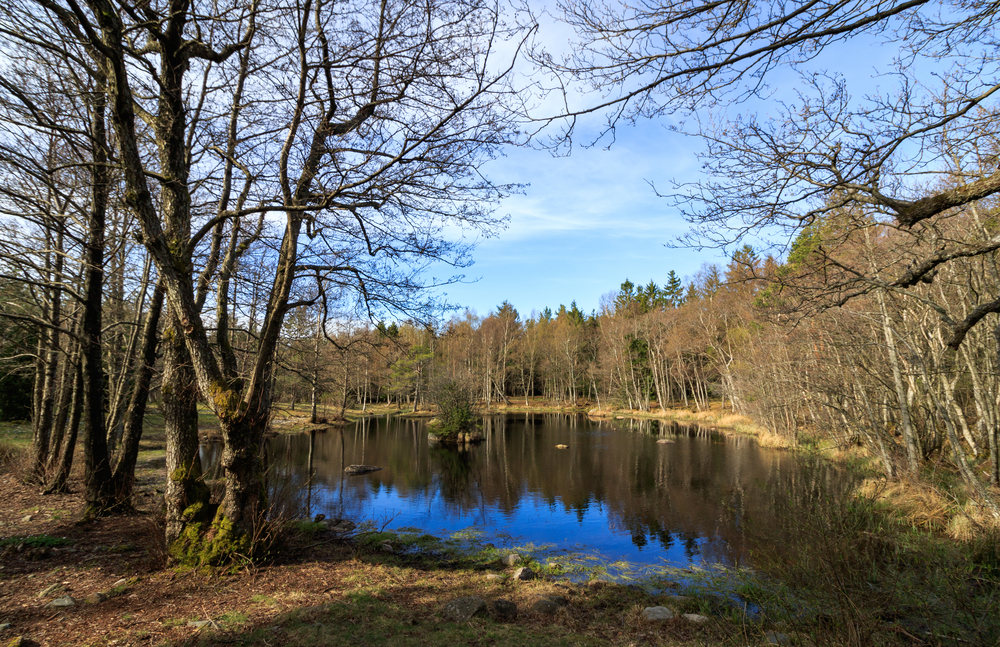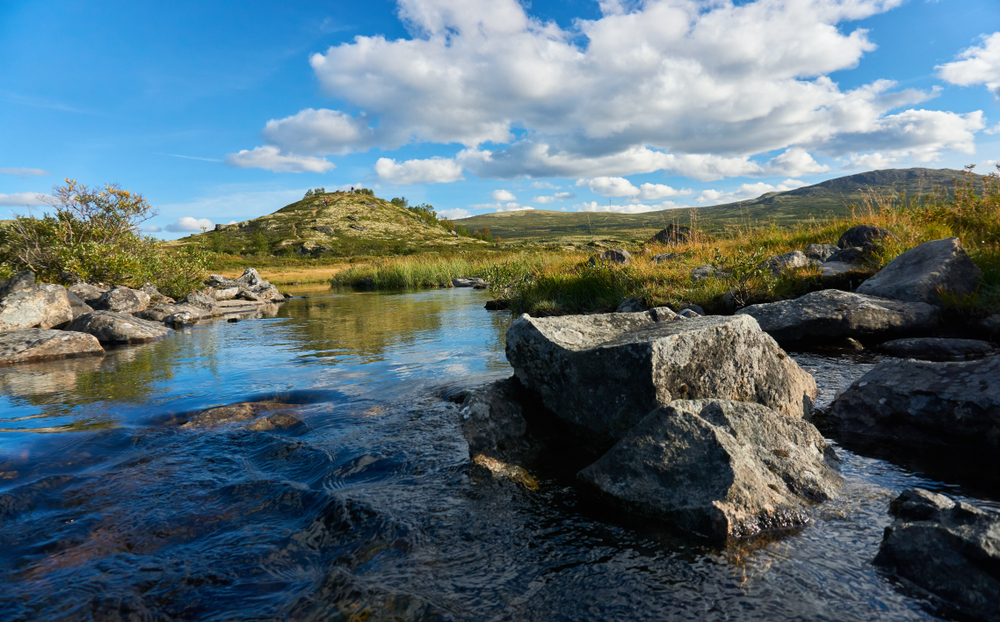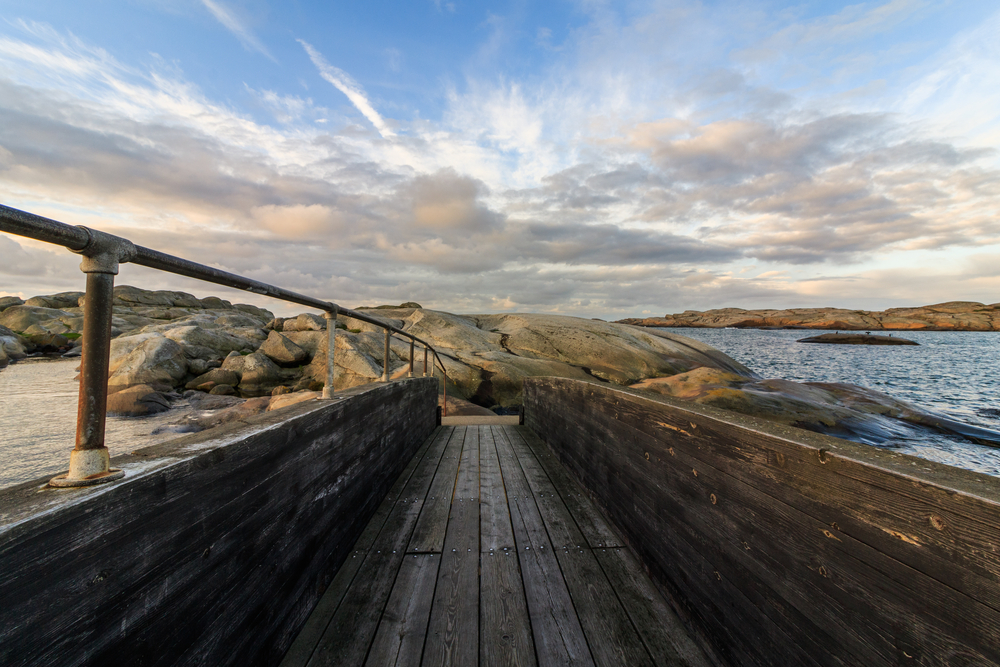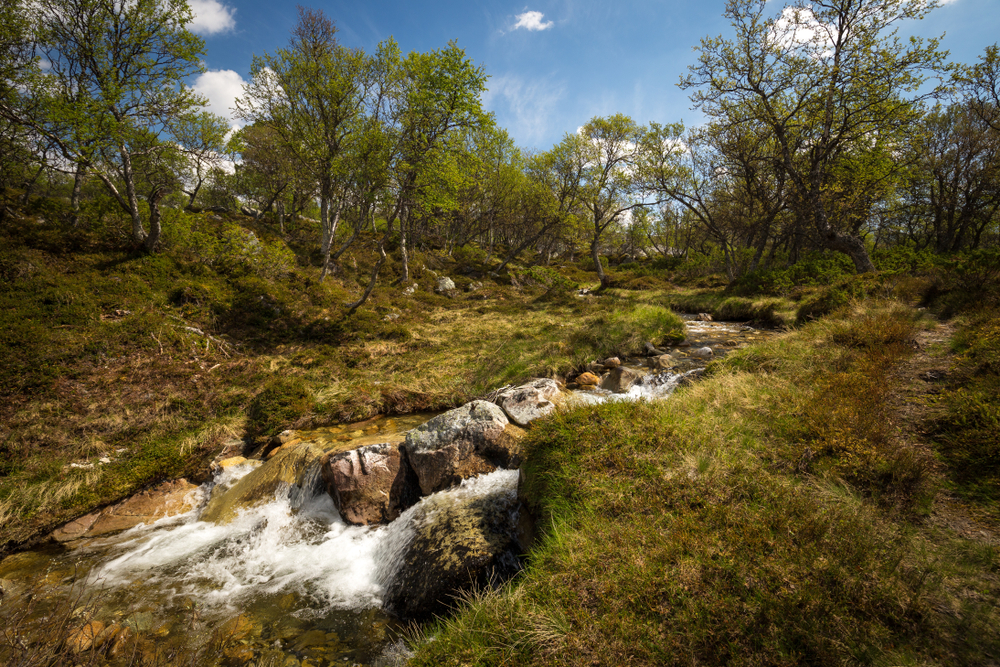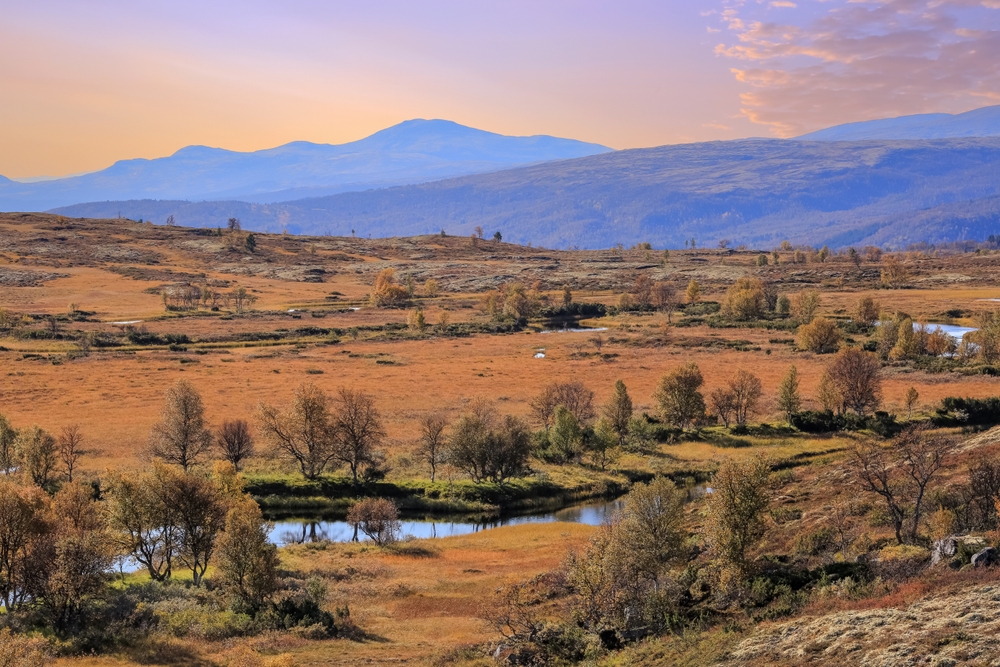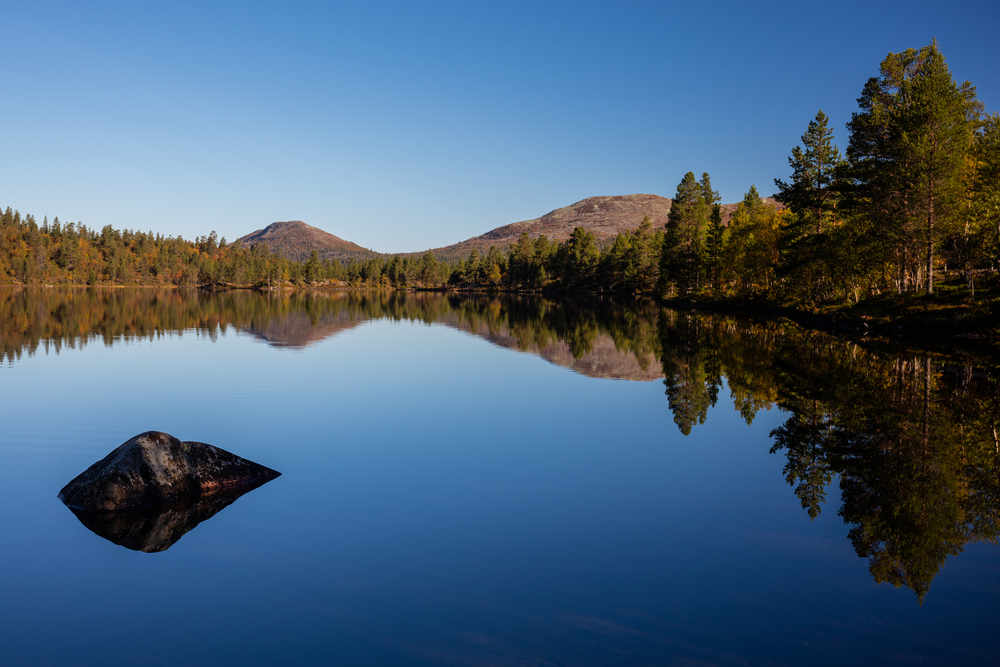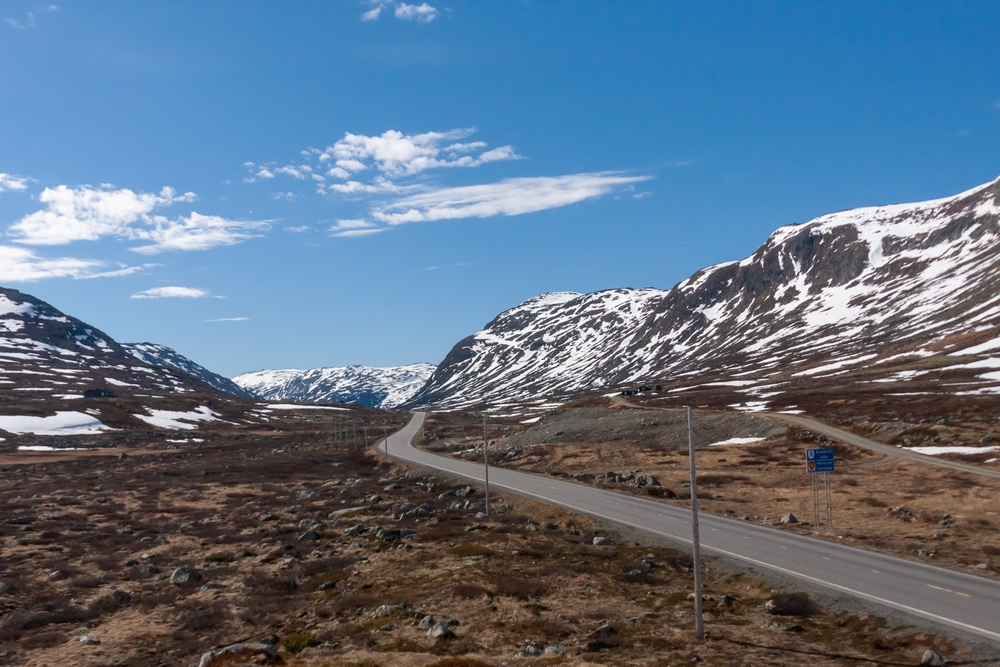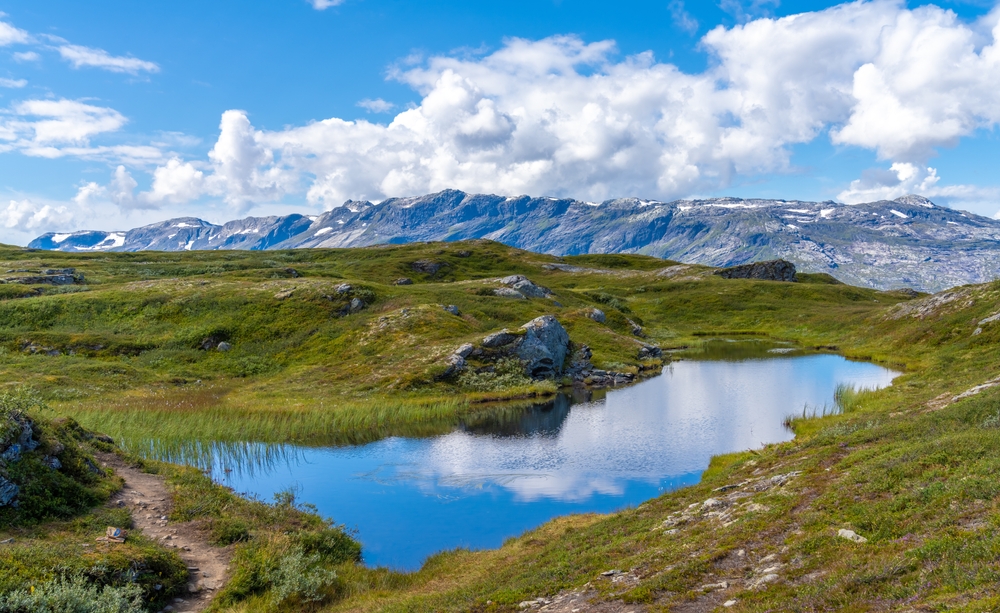Jomfruland Overview
Jomfruland National Park, known locally as Jomfruland nasjonalpark, is a scenic coastal park in Norway, covering approximately 55 square miles (143 square kilometers).
Located along the southeastern coast in the municipality of Kragerø in Vestfold og Telemark County, the park consists of both land and sea, with islands, skerries, and marine ecosystems forming its distinctive landscape. The park was established in 2016 to protect the area’s rich biodiversity, cultural heritage, and geological formations.
The island of Jomfruland, which gives the park its name, is a long, narrow island formed by glacial deposits, creating a unique mix of rolling meadows, coastal forests, and stunning beaches along the Skagerrak Sea.
The terrain of Jomfruland National Park is a result of glacial activity, with the island itself being a terminal moraine, created by the last Ice Age. The landscape varies from the pebble-covered western shoreline to the lush woodlands and flower-filled meadows on the eastern side.
The park is home to rich oak forests, juniper fields, and wetlands, offering a diverse range of habitats. The dramatic contrast between the rugged stone beaches and the softer, vegetated interior makes the park an attractive destination for visitors seeking scenic beauty. The island also has several freshwater ponds and marshy areas, crucial for birdlife and amphibians.
Jomfruland National Park is renowned for its abundant birdlife, making it a haven for birdwatchers. Over 300 species of birds have been recorded in the area, with notable species including the white-tailed eagle, osprey, Eurasian bittern, and common eider. The island is an important stopover for migrating birds, and Jomfruland Bird Station plays a key role in studying and conserving avian species.
Besides birds, the park supports a variety of mammals, such as red deer, roe deer, foxes, and otters, while the surrounding waters host harbor seals and porpoises. The rich marine ecosystem includes kelp forests, eelgrass beds, and diverse fish populations, sustaining a dynamic coastal environment.
One of the most iconic features of the park is the Jomfruland Lighthouse, which consists of two towers—one built in 1839 and the other in 1938. The lighthouse is a major attraction, offering stunning panoramic views of the coastline. The park also has numerous hiking and biking trails, allowing visitors to explore the island’s scenic beauty.
The rolling meadows and coastal forests provide a perfect setting for peaceful walks and wildlife observation. Additionally, the park’s beaches and rocky shores invite visitors to relax, swim, and enjoy the serene surroundings. Kayaking and boating are popular activities, offering a chance to explore the skerries and small islands that make up much of the park’s maritime area.
Conservation efforts in Jomfruland National Park focus on preserving its delicate coastal and marine ecosystems, which are vulnerable to climate change and human impact. The park management actively works on protecting bird habitats, restoring wetlands, and preventing over-tourism.
There has been success in monitoring and regulating activities to minimize disturbances to wildlife, ensuring that the park remains a sanctuary for both nature and visitors. With its blend of natural beauty, rich biodiversity, and cultural heritage, Jomfruland National Park offers an unforgettable experience for those looking to explore Norway’s coastal wonders.








































































